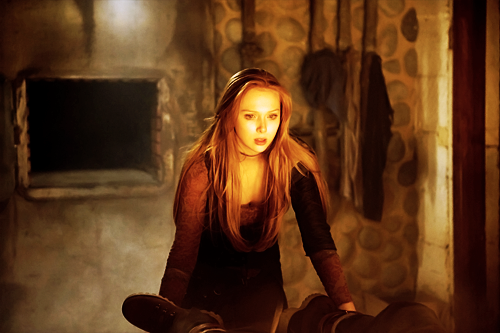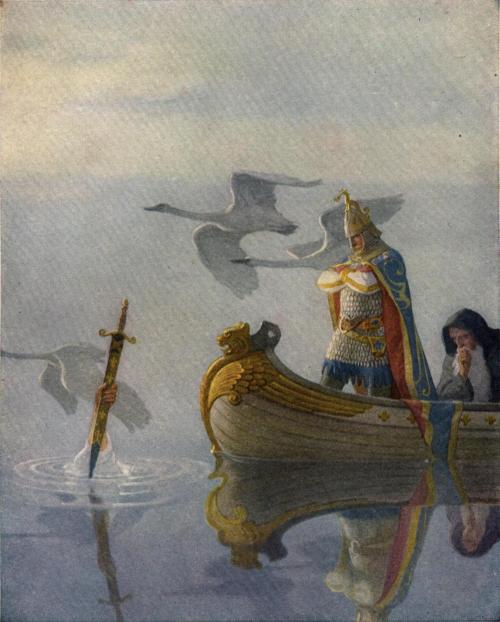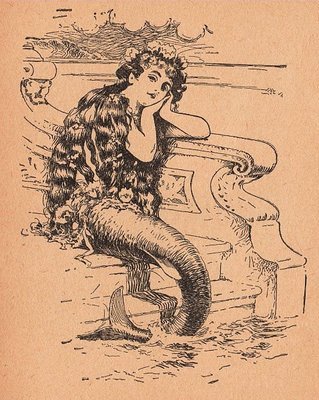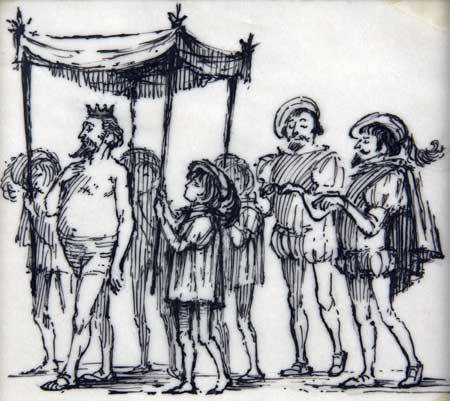
"As I jump out the window, I glance over my shoulder. The window frames a face with smooth skin and hollow cheeks -- a boy on the brink of manhood. He peels his lips back and growls, and I stare into his brown eyes. For a moment it is like looking into a mirror and I almost say his name. Until I realize his eyes are wild and feral, like an animal's...As I sprint across the empty schoolyard, past the silent, rusted playground, I dare a look over my shoulder. My brother is hobbling toward the fence, his angle hanging at an odd angle to his leg. His eyes meet mine and he holds a hand up to me, a plea to come back. A sob tears at my chest, but I look away and keep running."
Fiona wakes up in her bedroom. Everything is covered in dust. The world around her is lifeless, and there is a tattoo on her right hand. She is 4 years older than she was when she fell asleep. She steps into a world divided, where those bearing the tattoo must live outside the wall because they are infected with a deadly disease that could turn them at any moment into mindless beastly killing machines. Those within the wall are safe, but at what cost? When Fiona is captured by the militia, she is marked as a Level Ten, the deadliest of all the infected. Yet, she feels normal. As flashes of memories come back to her, she and her former classmate Bowen, now a hardened militia man, must discover her secret before it is too late.
To see what I thought of this Sleeping Beauty adaptation, go to my other blog: Palimpsest!






































